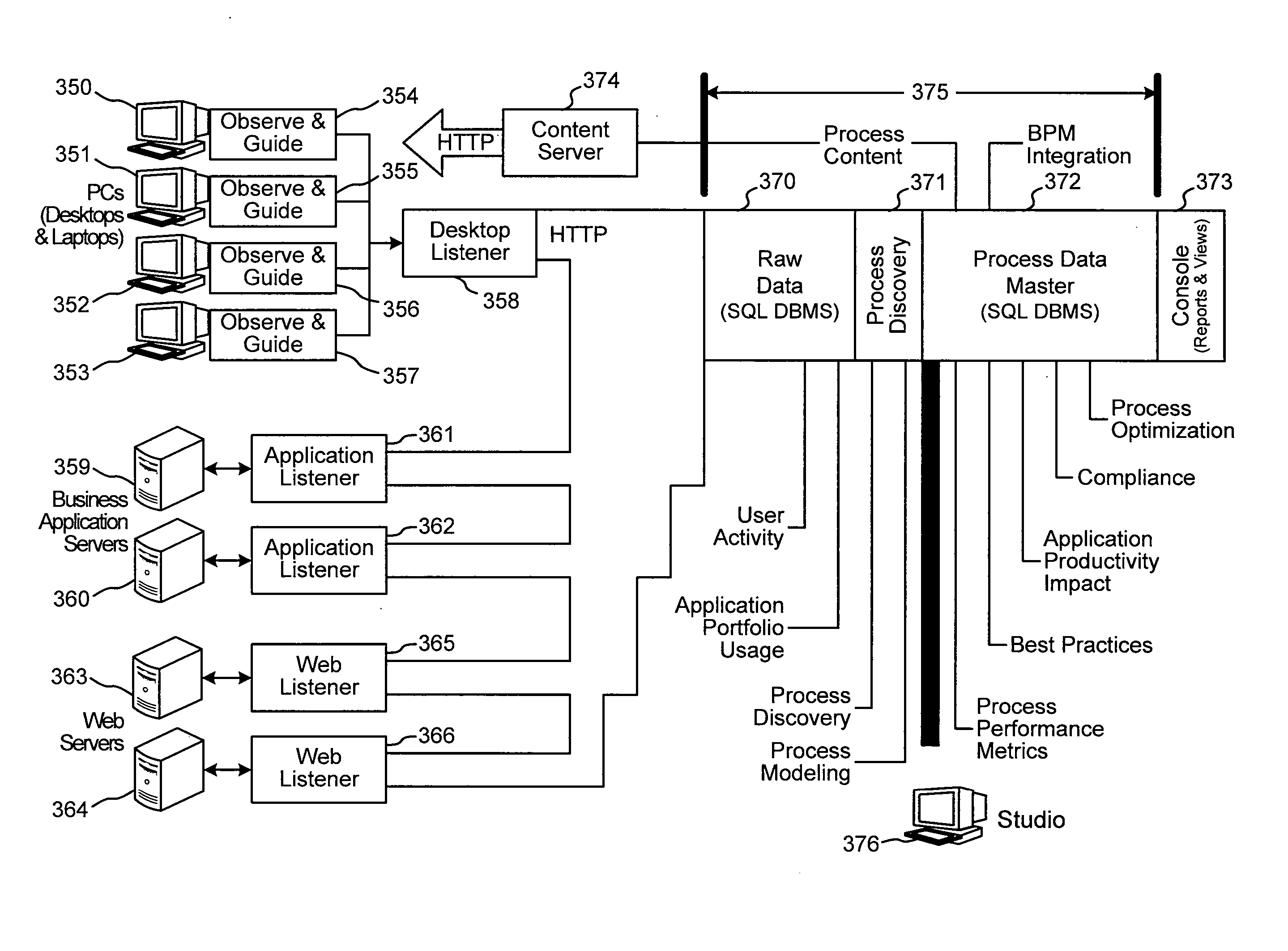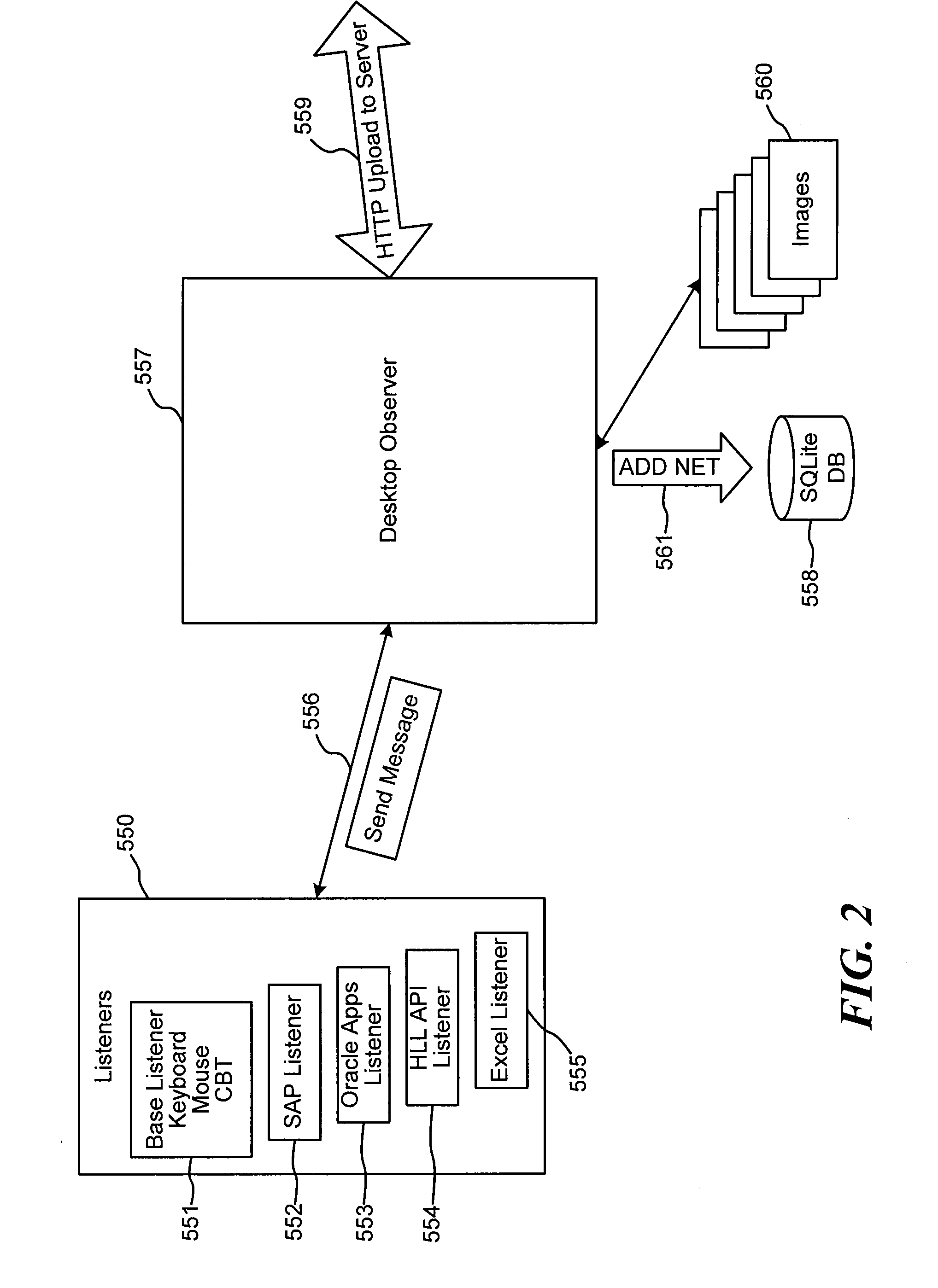Businesses and other enterprises often do not have an accurate picture of how their business processes operate.
It takes too long for a business to find and fix process problems.
As a result, most businesses face problems every day in their core business processes, such as customer service, that are difficult to identify and then devise solutions to improve the
business process.
Losses from
business process problems may be far reaching, although the full extent of such losses may not be known to a business that cannot accurately assess the extent of the problem in the first place.
Inefficient and ineffective business processes can irritate customers,
grind down employee morale, and exasperate investors.
When a business found a problem and tried to fix it, they usually found that their
process improvement team or external team of experts would take time to define the problem, design the fix, develop, and deploy the changes.
In the past, the specification of the business process was difficult.
However, this was often difficult because in many cases the business activity consisted of rapid-fire
typing into one computer screen after another, faster than the eye can see.
The documents might not be right to start with due to deficiencies in data collection and analysis.
In addition, the documents would become out-of-date as the business process evolved, policies were changed, applications were updated, and people used different ways of working.
If a business cannot specify processes correctly, it cannot manage them.
The IT portfolio mismatch would often show up in costs incurred to maintain unused applications and licenses and also in the demand for additional expenditures on IT to address unmet business needs.
If a business did have process reports, they would often be refreshed daily, weekly or monthly—not often enough to provide a business with the up-to-date information it needs.
If a business cannot track process performance, it will lose valuable time before it can find process problems and opportunities.
As a result, a business would lose money every day from missed opportunities to reduce
cycle time, increase
throughput, reduce errors, and increase asset utilization.
Legal regulations that require companies to monitor business processes would result in the implementation of monitoring practices that added cost through expensive manual compliance mechanisms.
In the past, achieving effective control was difficult.
In contrast, most managers find that any change to the process, allocation, priority, assignment, or work instructions would require them to go through a painful “process change”
project cycle.
Project cost itself is high and is compounded by opportunity costs from
delay in addressing the opportunities that do not justify the execution of a
project cycle.
When a project does get funded, it is loaded up with all the opportunities that
queue up in the backlog, resulting in scope bloat that further drives project cost and risk.
Old manual time
study methods also ran in a slow cycle, and significant delays could occur between the recognition of a problem, and the design and implementation of improved business processes to solve the problem.
Projects would typically take months to complete.
Such approaches were expensive, because they would involve using several process experts, business-users time, and
information technology expertise deployed over a period of months.
Another technological problem in the prior art was the inability to achieve contextual intervention with a user from a context outside a particular application.
Prior art tools were limited to dealing with a single category of events contained in a priori knowledge of the actual flow of processes.
The prior art was limited to predetermined flows and predetermined processes.
Although improvements in process
improvement methods such as Six Sigma, Lean, BPR, might make business analysts more effective, they would only incrementally reduce the costs and cycle-time of process improvement.
There are key limitations (progressively more expensive, difficult and
time consuming) with the current regime of operating, managing and improving business processes.
First, there is no automatic way in which one can consistently determine exactly the process performed by one or more humans—unlike with
fully automated processes.
Hence the potential to ascertain actual economic elements such as process cost, wastage, inefficiency, performance, compliance and consistency, customer experience is limited by manual methods and their approximation.
Ergo, potential to improve on any of these fronts is severely limited by
invisibility of the factors that govern these economic elements.
Second, as new methods of performing business processes, IT applications, and Internet applications used to perform business processes are evolved, there is no way to consistently and automatically represent the change and the constituents of the change—unlike with a completely automated process changed by another in its place.
Hence potential to ascertain the
impact of any change in terms of the above economic elements is limited.
Ergo, potential to make changes or optimize decisions regarding change based on economic factors is severely limited by
invisibility of the factors that govern these economic elements.
Third, the problem of consistent and automated understanding of process is vastly exacerbated in multi-enterprise business process - when business processes cross enterprise boundaries, or when two or more enterprises merge.
Hence potential to ascertain the economic elements of multi-enterprise business process or their change, or the
impact of improvement or the ability to optimize is severely limited.
In addition, there are severe limitations imposed on enterprises to autonomously perform improvements to a multi-enterprise business process.
Yet another technological problem in the prior art was the need for an effective web observer that is capable of determining what a user did on a given
web page, and not just what links he or she clicked.
While time-and-motion studies have been used by businesses for many years, efforts in the past to provide data capture and business process improvements have not been altogether satisfactory.
The piecemeal use of
software applications to assist in such efforts failed to offer a comprehensive solution for business process improvement.
 Login to View More
Login to View More  Login to View More
Login to View More 


